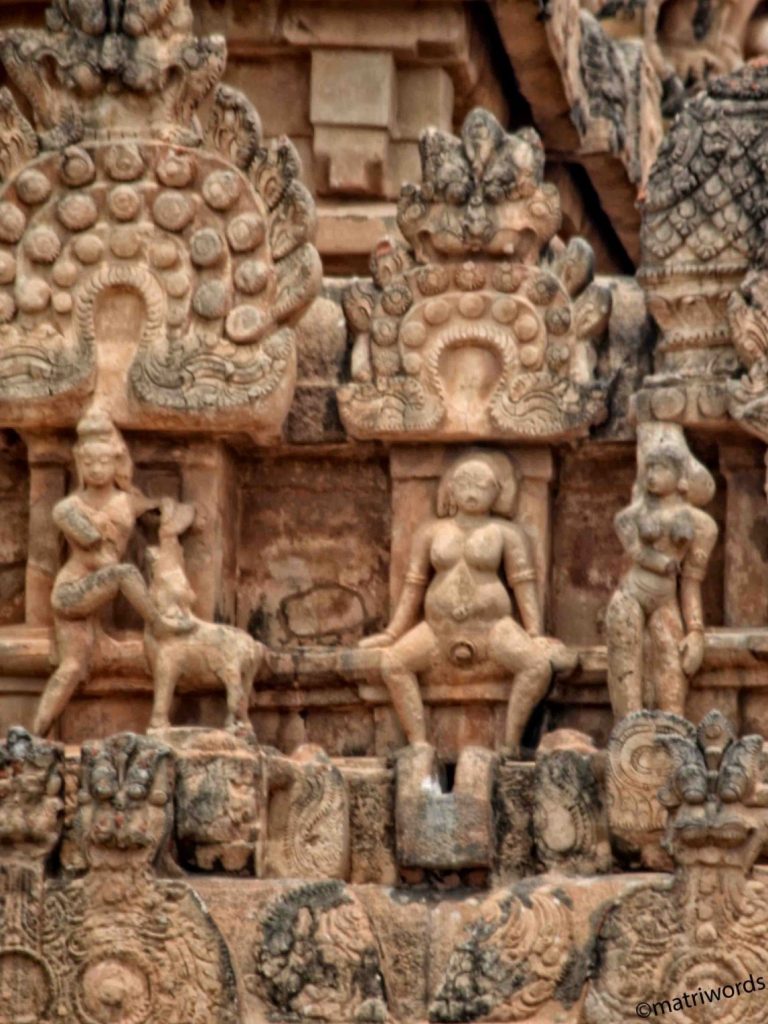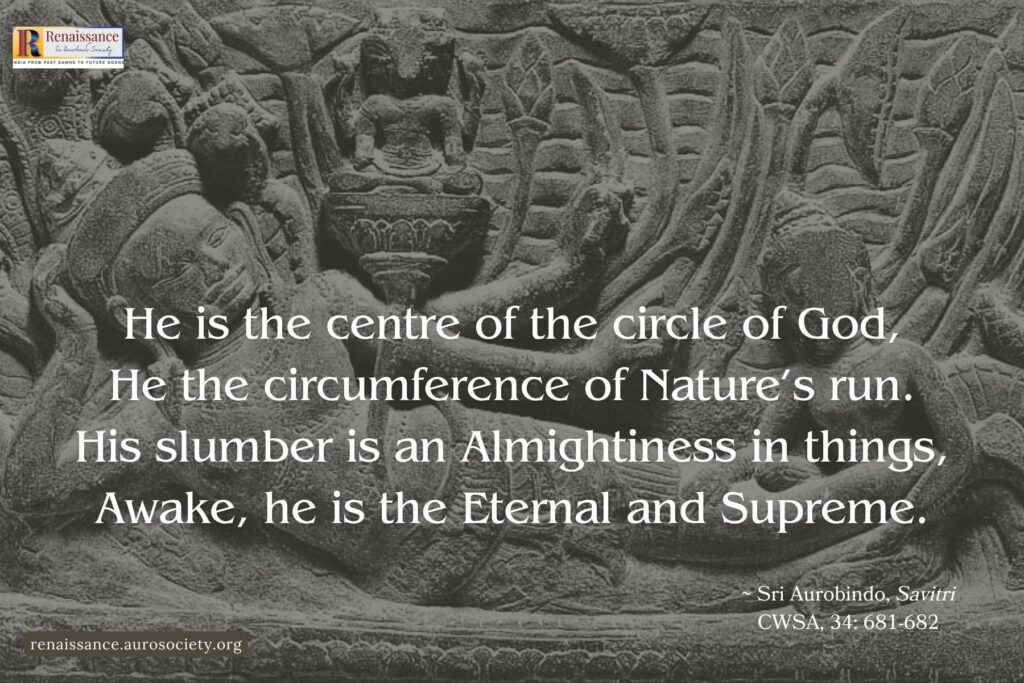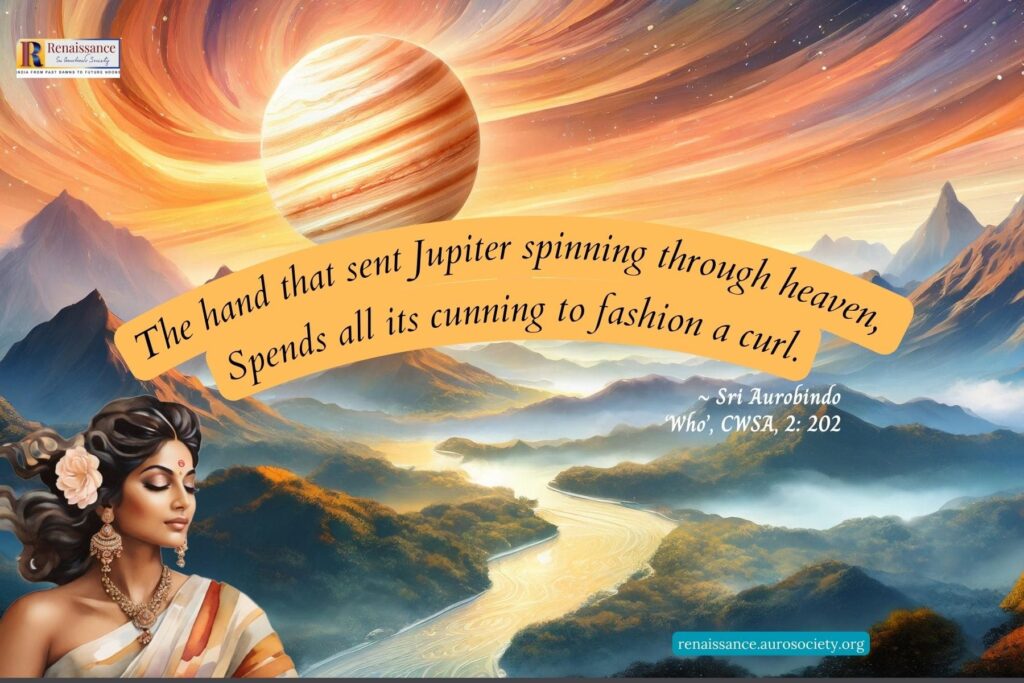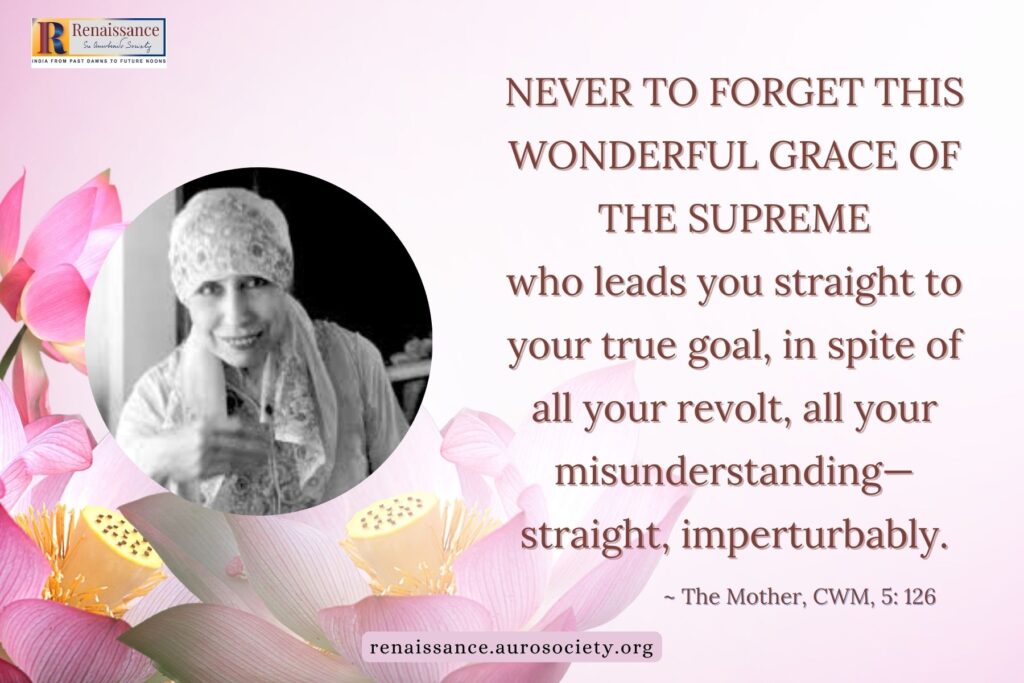“There is a stupendous difference between conceiving a child deliberately, with a conscious aspiration, a call to the invisible world and a spiritual ardour, and conceiving a child by accident and without intending to have it, and sometimes even without wanting it at all.” (The Mother, CWM, Vol. 8, p. 334)
As humanity struggles with an evolutionary crisis and continuously strives to discover or re-discover variety of approaches, practices and methods to bring about an upliftment of consciousness in the human individual and collective, it is important to remember that a conscious change in the human birthing can be an important and undeniable way to enable the creation of a conscious humanity.
Conscious conception and conscious pregnancy have the potential to transform the essence of the human population in a matter of few generations. For this to happen, we need to have a deeper understanding of the entire process of conscious creation of a being – from pre-conception to pregnancy, from prenatal education to childbirth, and from postnatal care to conscious parenting. These topics have been dealt with in great detail in Indian tradition; several of our ancient texts and scriptures have deep insights which must be given a wider recognition and dissemination for the purposes of educating the larger community.
As youngsters get ready to enter the next phase of their lives which will involve experiencing new relationships, new realities and challenges, it is very important for them to reflect on love, human relationships, sexuality, marriage, reproductive health, becoming ready to conceive a child and start a family, motherhood, fatherhood, all of which are often left out of normal conversations that happen in our families. The need is to discuss them openly, but with a deep cultural sensitivity, and most importantly, from the deeper perspective of Indian cultural and spiritual traditions.
Our ancient seers and thinkers never considered any topic that had anything to do with the human experience a taboo subject, rather they thought every topic concerned with life as a fit subject for deep examination and study. That is the reason perhaps we see such beautiful representations of sexuality, fertility, childbirth in many of our ancient temples – in sculpture and painting.

But it is important to note that this exploration was done keeping in front the deeper, spiritual truths of existence. All that vast and rich intellectual knowledge was always guided by the light of the spirit, that is why the essence or the core of that ancient knowledge still holds true to this day and will hold true for all times to come. That is how we have inherited shastras and elaborate commentaries on these shastras covering almost all aspects of life and living that we can think of.
It is important to re-discover for present times insights from our knowledge traditions concerned with prenatal education and related areas, and work toward a wider dissemination of this wealth of knowledge for the purposes of educating and inspiring the larger community.
It is with this intention that we have taken up an important and wide-ranging project called Mother’s Glow which focuses on studying and exploring various aspects related to prenatal education and conscious parenting in the light of the integral vision of Sri Aurobindo and the Mother. Relevant ancient Indian texts, scriptures and traditions as well as contemporary sources are also explored.
The present issue of Renaissance is dedicated to this area of prenatal education.
Feature Essays
In April 2019, SAFIC (now renamed AuroBharati) in partnership with Department of Sanskrit and Indian Culture, Sri Chandrashekharendra Saraswathi Vishwa Mahavidyalaya (SCSVMV), Kanchipuram, organised a National Seminar on Prenatal Education: Ancient Indian Perspectives, which brought together on one forum a rich diversity of insights, perspectives and approaches from Indian wisdom and medical traditions that highlight a deeper and spiritual understanding of the major aspects of human birthing (reproduction), starting from conception and development of a child, role of maternity and parenting.
This present issue brings some key insights from that seminar for Renaissance readers. One of the participants, Pragya Upadhyay, who is a Counselling Psychologist at Seth M. R. Jaipuria School, Lucknow, and was also a panelist in one of the panel discussions organised at the seminar, gives a detailed account of what she learned at the seminar. This two-part feature highlights some of the main sessions that were organised at the national seminar held at Kanchipuram.
We also bring for our readers a detailed summary of an important lecture given by Dr. P. Rammanohar, who is the Research Director of Amrita Centre for Advanced Research in Ayurveda at Amrita School of Ayurveda. His talk which was highly appreciated by everyone at the seminar, takes up the important topic of “Spiritual Dimension of Fertility, Pregnancy and Childbirth in Ayurveda.“
Book of the Month
Closely connected with prenatal education is the topic of menstrual health. This is another area we have taken up as a special research project, with a focus on exploring this topic in the light of Indian cultural perspectives and creating ways to disseminate this knowledge through workshops and courses.
For our Book of the Month feature, in this issue we highlight a recent book written on this topic, titled “Menstruation Across Cultures: A Historical Perspective“ by Nithin Sridhar. This book provides a detailed review of menstruation notions prevalent in India and in cultures from across the world. The world cultures covered in the book include living Indic traditions, namely, Hinduism, Buddhism, Jainism and Sikhism; ancient civilisations like Greece, Rome, Mesopotamia and Egypt; and Abrahamic religions of Judaism, Christianity, and Islam.
Ongoing Essay
The present issue continues with our ongoing essay from the archives of Sri Aurobindo Circle, an annual journal published by Sri Aurobindo Society from 1945-1998. We present the next three parts of the essay titled “Psychology of Indian Nationalism,” where the author A. V. Sastri speaks of the imitative nature of the early nationalist movement in 19th century India.
He further builds up a case that with a religious reawakening in Bengal, the early imitative nationalism became more aligned with the Indian historical and temperamental truth. The religious consciousness extended to the political field and the movement in Bengal prefigured the coming struggle on the wider stage of India.
We hope our readers will find this journal inspiring and uplifting. We look forward to comments, reactions and suggestions.
As always, we offer this work at the feet of Sri Aurobindo and the Mother.
In gratitude,
Beloo Mehra (for Renaissance Editorial Team)
~ Cover image: Motherhood, Kamakhya temple, Assam (source)



